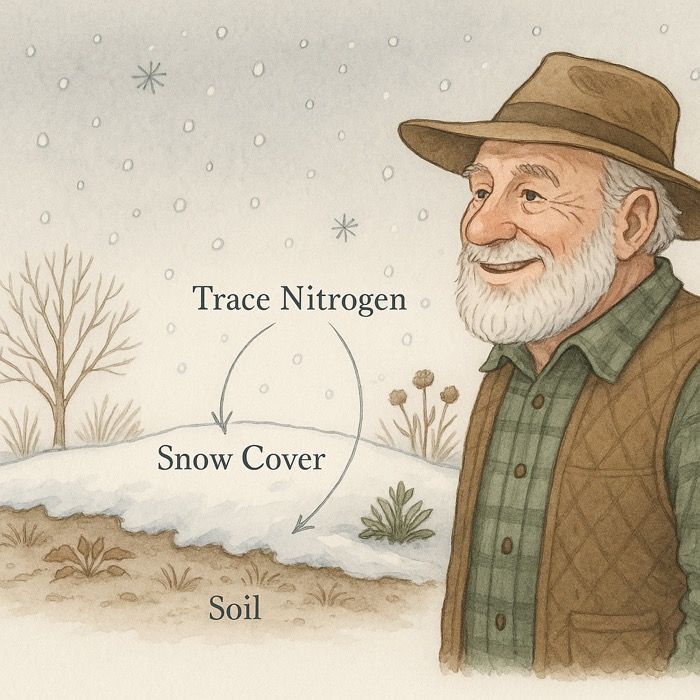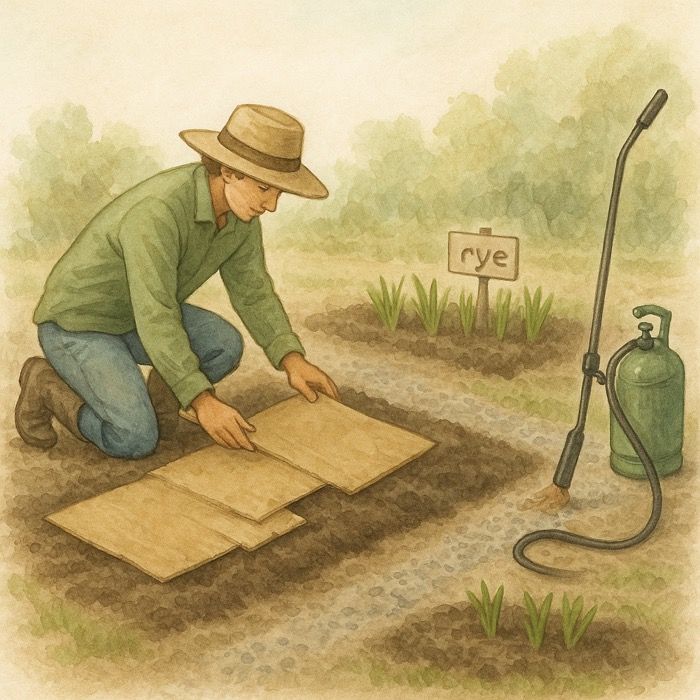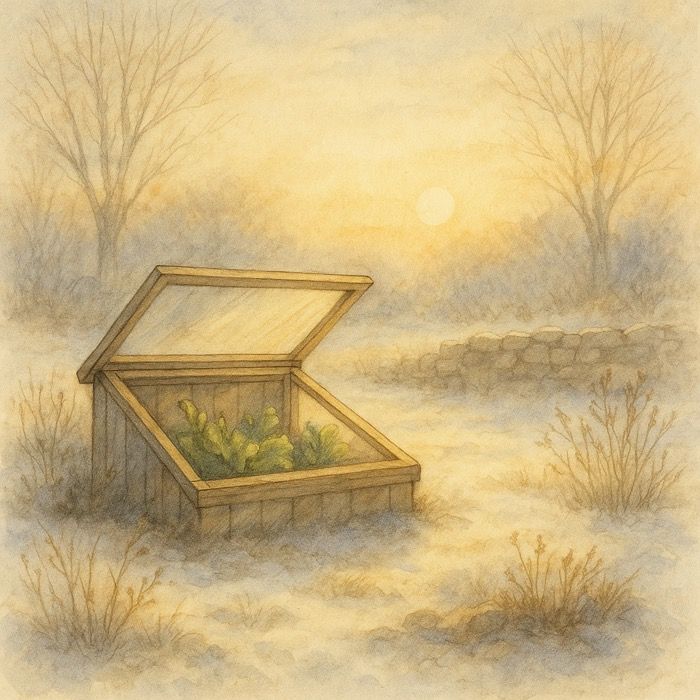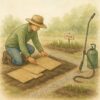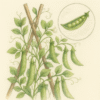The Lifecycle of a Plant: From Seed to Seed
A Captivating Journey – Witnessing the Magic of Plant Growth
Plants are the silent heroes of our planet, providing the very air we breathe, the food we eat, and the beauty that surrounds us. But have you ever stopped to appreciate the remarkable journey a tiny seed takes to become a mature plant, ready to create new life itself? Understanding this lifecycle can transform your gardening experience, allowing you to nurture your green companions with greater care and witness the magic of growth firsthand.
1. The Seed – A Tiny Powerhouse
Our exploration begins with an unassuming seed. Within its compact shell lies a marvel of nature: a miniature plant embryo, patiently waiting for the right conditions to awaken. Packed with stored nutrients, this tiny powerhouse holds the potential for a magnificent bloom, a towering tree, or a harvest of delicious vegetables. Seeds come in a dazzling array of shapes, sizes, and textures, each a testament to the diversity of the plant kingdom.
2. Germination – The Seed Springs to Life
When the seed encounters the perfect combination of moisture, warmth (or sometimes coolness), and sometimes light, a transformation begins. The seed absorbs water, causing it to swell and burst through its outer shell. This remarkable process, known as germination, marks the start of a new life. The root, called the radicle, emerges first, anchoring the plant and drawing life-giving water and nutrients from the soil. Soon after, the shoot, or plumule, bravely pushes upwards, reaching for the sunlight that will fuel its next stage of development.
3. The Seedling Stage – A Time of Vulnerability and Growth
Once the shoot breaks free from the soil’s surface, the plant enters the seedling stage. This delicate young plant has a slender stem, just a few leaves, and a developing root system. During this vulnerable time, the seedling relies on the nutrients it brought from the seed until it can develop the machinery for photosynthesis. Photosynthesis, the process by which plants capture sunlight, carbon dioxide, and water to create their own food (glucose) and oxygen, becomes the engine for the plant’s future growth.
4. Vegetative Growth- Reaching for the Sun
The vegetative stage is a period of rapid growth and development. The plant focuses its energy on growing taller, expanding its root system, and producing more leaves. These leaves are the powerhouses of photosynthesis, and their health is a vital indicator of the plant’s overall well-being. Lush green leaves signify a well-nourished plant, while yellowing or wilting leaves may signal problems with water, light, or nutrient deficiencies.
5. Flowering – A Celebration of Life and Reproduction
As the plant matures, it enters the flowering stage, a vibrant display of nature’s reproductive prowess. Flowers are the specialized organs responsible for sexual reproduction. They come in a mesmerizing array of colors, shapes, and sizes, each meticulously designed to attract pollinators like bees, butterflies, and birds. These tiny creatures flit from flower to flower, inadvertently transferring pollen, the male reproductive element, and facilitating fertilization, the union of sperm and egg. This crucial event sets the stage for the formation of seeds, the next generation of plant life.
6. Fruit and Seed Development – Ensuring the Future
Following fertilization, the plant cleverly redirects its energy towards developing fruits and seeds. The flower’s ovary transforms into a fruit, a protective enclosure that houses and nourishes the developing seeds. Fruits come in an endless variety, from juicy berries to hard nuts, each playing a vital role in seed dispersal. This dispersal, achieved through wind, water, animals, or even explosive mechanisms in some plants, ensures the seeds are carried away from the parent plant, minimizing competition for resources and increasing their chances of survival and germination in new locations.
7. Maturity, Senescence, and the Circle of Life
Once the plant has successfully produced seeds, it reaches maturity. The length of this stage varies greatly depending on the species. Perennials may grace our gardens for years, while annuals complete their entire lifecycle within a single season. Senescence, the natural process of aging, eventually sets in. Growth slows, and the plant prepares to return its nutrients back to the soil, enriching the earth for future generations of plants.
Conclusion – Cultivating a Deeper Connection with Nature
Understanding the lifecycle of a plant offers a profound appreciation for the delicate balance of nature and the awe-inspiring journey of growth and reproduction. By providing the right care at each stage, from seed to seed, we can cultivate healthy, thriving plants that contribute to a vibrant and sustainable ecosystem. Whether you’re a seasoned gardener or just beginning your exploration of the plant world, appreciating this intricate dance of life can deepen your connection with nature and ignite a lifelong love of gardening.
More From Our Master Gardener
Recent Posts

❄️ Snow as Fertilizer – The Truth About “Poor Man’s Nitrogen”

5 Unexpected Winter Weed Control Strategies (That Don’t Involve Mulch)

Harnessing Winter Sun – Passive Solar Tricks for Your Garden

How to Grow Spinach – The Ultimate Beginner’s Guide for Tender, Nutritious Leaves

How to Grow Peas: The Ultimate Beginner’s Guide for Sweet, Crisp Harvests



